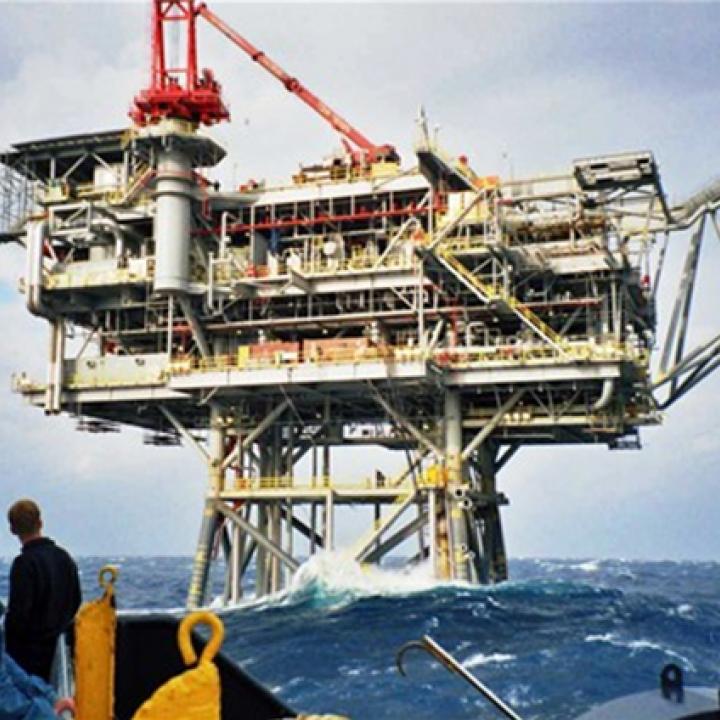
- Policy Analysis
- Policy Alert
Israeli Gas Export Route to Egypt Finalized

The two countries still need to resolve longer-term questions about international export options and energy contracts with Jordan, but the latest step toward reopening the pipeline is encouraging.
After months of delay, agreement has been reached to pipe Israeli natural gas from Ashkelon to al-Arish in North Sinai, for use in Egypt’s domestic market and/or re-export. The so-called EMG pipeline runs mainly offshore, skirting the Gaza Strip. It was originally built to supply Egyptian gas to Israel, but the flow was halted in 2012 following the election of a Muslim Brotherhood-led government and multiple terrorist attacks on the pipeline. Now that Israel is essentially able to meet its own gas needs—due to supplies from its offshore Tamar field and the even larger Leviathan field, which comes onstream next month—the focus has shifted to the crucial task of finding export markets.
Parallel to talks about changing the EMG pipe’s ownership, its pumping stations were reversed and the line was checked for technical integrity, with occasional hiccups. At one point, for example, an engineering inspection robot known as a “pig” became stuck and had to be dug out.
As these and other technical issues were resolved, Noble Energy, the Houston-based operator of the Tamar and Leviathan fields, joined Israeli firm Delek and other partners last year in signing a gas supply agreement with Egyptian company Dolphinus. The deal has since been revised to increase the volume of gas that will be sent to Egypt. The most obvious commercial solution is to process the gas in liquefaction plants on the Nile Delta, from where it can be sent in LNG tankers to customers across the world.
Israel is already a small-scale exporter, sending Tamar gas to two Jordanian industrial plants by the Dead Sea since 2017. Much more substantial plans are in place to supply Leviathan gas to Jordan’s main electricity generator beginning in January, though that deal presents Amman with a quandary. Currently, the kingdom’s gas demand is being met by newly revived, relatively cheap Egyptian supplies arriving via pipeline, and by expensive LNG bought on the international market (including from Qatar), and delivered to the port of Aqaba. The LNG contract was signed in 2015 in the midst of a local energy crisis and obliges Jordan to buy another twelve cargoes next year. Yet the contract for new Israeli supplies from Leviathan obliges payment even if the gas is not needed.
In strictly economic terms, the longer-term logic is that Israel, rather than Egypt, becomes the main supplier of gas to Jordan, whose power sector is also being boosted by domestic shale and solar projects coming onstream. Meanwhile, Israel’s best commercial option for surplus gas is to export it to Egypt, perhaps via a future line built undersea to prevent terrorist attacks, and extending from al-Arish to the LNG plants located between Alexandria and Port Said. (A proposed seabed pipeline linking Israeli and Cypriot fields to Greece and Italy would require the discovery of much greater gas volumes than found so far.)
Whatever the outcome, Israeli gas supplies remain a politically sensitive subject in both Egypt and Jordan, potentially complicating their future energy cooperation. At the same time, the current level of cooperation would have been unimaginable just a few years ago, and the latest news provides further encouragement.
Simon Henderson is the Baker Fellow and director of the Bernstein Program on Gulf and Energy Policy at The Washington Institute.


